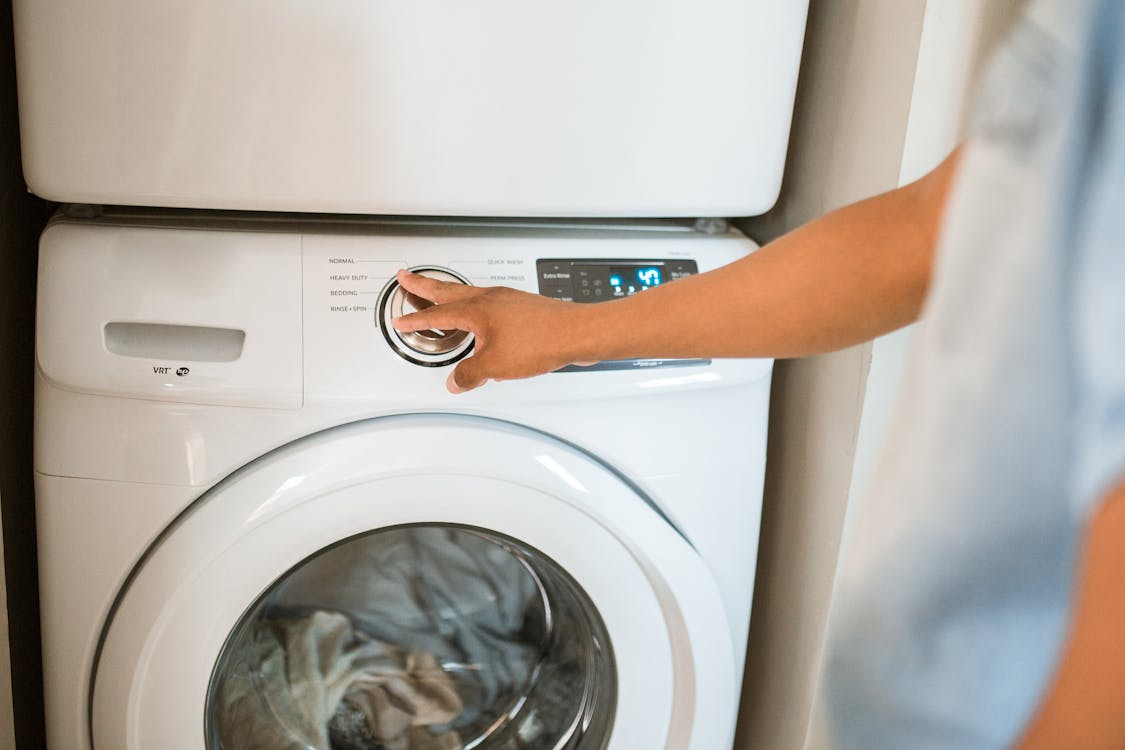The evolving landscape of technology has prompted intriguing discussions about the classification of everyday appliances. Among these debates, the question arises: Are washing machines considered robots?
The traditional role of washing machines has been to automate the task of laundry, simplifying a once labor-intensive chore.
However, as advancements in artificial intelligence and automation continue, these appliances are blurring the lines between mere tools and more complex robotic systems.
So, I will provide more information on whether washing machines are considered robots.
Are Washing Machines Considered Robots?
Washing machines are not typically considered robots in the traditional sense.
Robots are generally defined as programmable machines capable of carrying out tasks autonomously or semi-autonomously, often with some level of decision-making and adaptability based on their programming or sensor inputs.
On the other hand, washing machines are appliances designed to clean clothes through predefined mechanical and electrical processes.
While they do perform a specific task, they typically lack the level of autonomy and versatility that characterizes robots.
They follow a set pattern of actions and can’t adapt to new situations or make decisions beyond their programmed cycles.
However, some advanced washing machines might incorporate certain robotic elements, such as sensors, to detect the amount of dirt in clothes or adjust water usage accordingly.
These elements can add a level of automation and adaptation, but they may still not meet the criteria to be classified as full-fledged robots.

The Thin Line: Advanced Washing Machines With Robotic Elements
In the ever-evolving landscape of technology, the boundaries between different types of machines are becoming increasingly nuanced.
Advanced washing machines equipped with robotic elements exemplify this delicate balance, showcasing how innovation can reshape the capabilities of everyday appliances.
Sensory enhancement: Detecting dirt and load
One remarkable aspect of advanced washing machines lies in their integration of sensory technologies.
These washing machines are designed with sensors that can perceive specific attributes of the laundry load, such as the level of dirt or the weight of the clothes.
These sensors act as a bridge between traditional washing machines and robots, enabling the machine to gather information about the load and make certain decisions based on that data.
Automation in action: Adaptive water usage
A standout feature of these enhanced washing machines is their ability to adjust water usage based on the detected load characteristics.
By accurately assessing the amount of dirt or the size of the load, the machine can optimize the water volume required for optimal cleaning.
This level of automation not only saves water but also ensures an efficient cleaning process, demonstrating a degree of adaptability that was once the domain of robots.
Complex algorithms: From data to decisions
Behind the scenes, sophisticated algorithms power these advancements. These algorithms process the data collected by the sensors and translate it into actionable decisions.
While these algorithms allow the washing machine to tailor its operation to the specific load conditions, they are not equivalent to the complex decision-making processes that define robotic systems.
The bridging effect: Technology’s evolution
These advanced washing machines with robotic elements occupy a unique space between traditional appliances and fully autonomous robots.
They serve as a prime example of how technology is gradually blurring the lines between different categories of machines.
While these machines possess a higher degree of automation and adaptability than their conventional counterparts, they lack the comprehensive autonomy and cognitive capabilities associated with robots.
Read more: Is A Washing Machine A Computer?
What Is the Difference Between a Machine and a Robot?
A machine is a device that uses mechanical energy to perform a task or series of tasks. Examples of machines include automobiles, airplanes, and factory equipment. Most machines operate via some combination of Leverage, traction, or hydraulic power.
However, a robot is a machine that is specifically designed to carry out certain tasks or functions automatically without the need for human intervention.
Robots are increasingly being used in manufacturing and other industrial settings as they can often perform tasks more quickly and accurately than human workers.
In some cases, robots can even be programmed to work around humans without posing any safety risks.
Conclusion
Are washing machines considered robots? The distinction between appliances and robots is clear regarding washing machines.
While washing machines perform essential and automated tasks in our daily lives, they fall short of meeting the criteria to be considered robots.
The absence of true autonomy, adaptability, and decision-making capabilities sets washing machines apart from robots’ versatile and programmable nature.
As you continue to witness technological advancements, it’s fascinating to envision the potential convergence of these two domains.
But for now, let’s appreciate washing machines for their efficient cleaning and robots for their multifaceted capabilities – in shaping the future of innovation.







